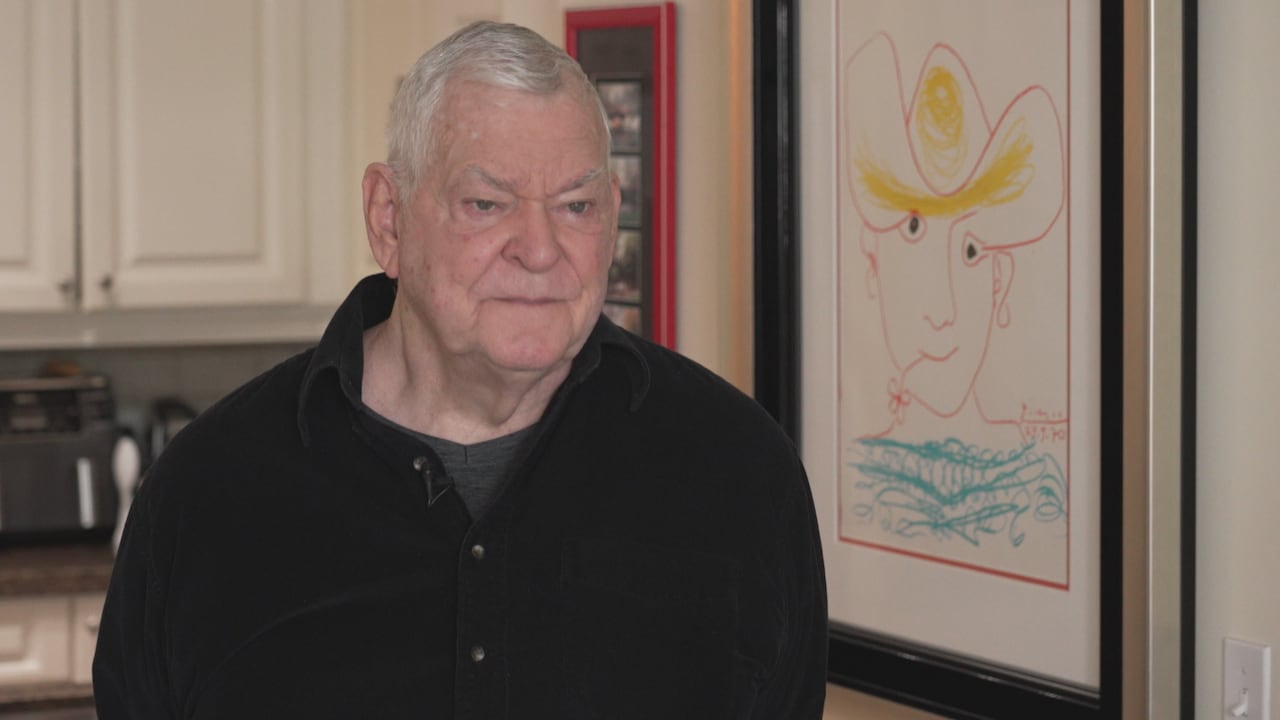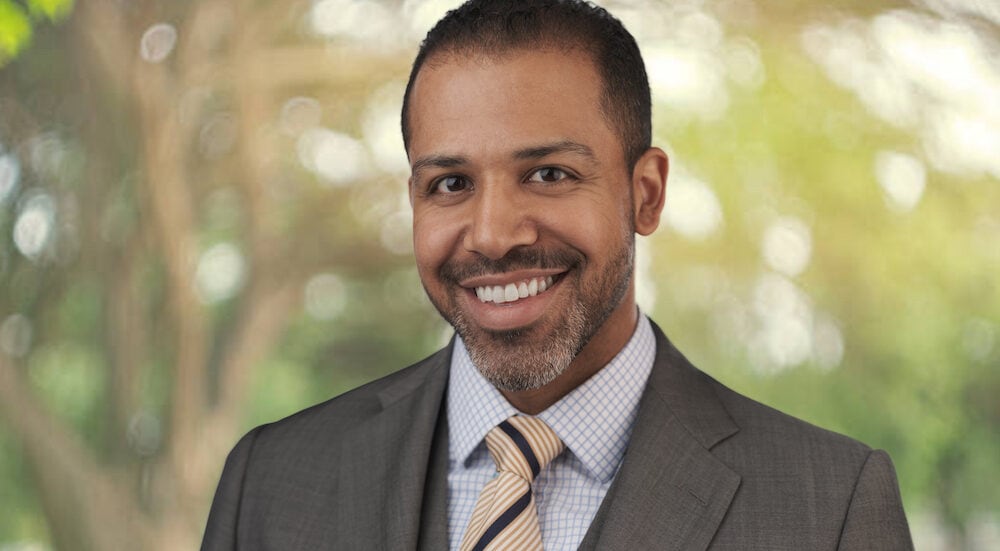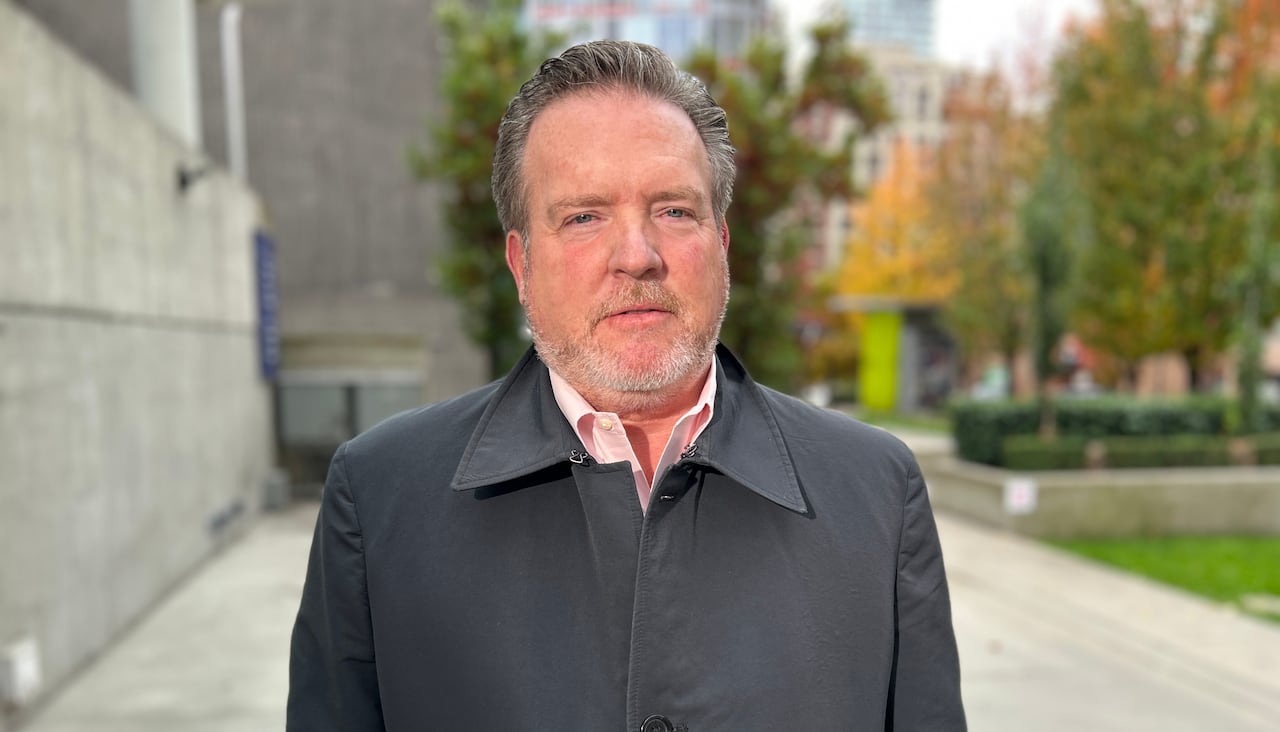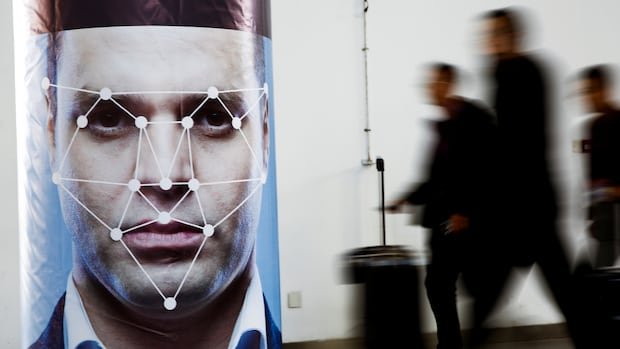Warren Shepell had an unsettling experience this month when boarding his flight from Cleveland heading home to Toronto.
Just before getting on the plane, he says two uniformed officers approached him on the boarding ramp (Jetway), and one took his photo.
“I was aghast. I felt ambushed,” said Shepell, a noted Canadian psychologist.
He says the men never explained who they were or why he was photographed.
“They didn’t tell me anything, and I just feel violated.”
Being photographed when in transit is something that Canadians who visit the United States will need to get used to: the country is advancing a plan to photograph Canadian travellers when they enter and exit the country by all modes of transport.

For close to a decade, U.S. Customs and Border Protection (CBP) has been using facial biometrics to confirm the identities of international passengers arriving at U.S. airports. The process involves photographing travellers, and using biometric facial comparison technology to ensure their face matches the photo on their travel documents.
Now, CBP is expanding the program with the goal of collecting images of departing passengers at all international U.S. airports. The agency also plans to take photos of travellers when they enter and exit the country at all sea ports, and in vehicle lanes at land borders.
CBP told CBC News it expects to have facial biometric technology fully in place at land borders sometime next year. Full implementation at sea ports and airports is expected within the next three to five years.
Meanwhile, CBP is already laying the groundwork for its plan. The U.S. Department of Homeland Security (DHS) announced a new rule on Friday that makes it mandatory for non-U.S. citizens, including Canadians, to take part in its facial biometrics program. The regulation is set to take effect on Dec. 26 — even though full implementation of the program could take years.
According to the rule, photos taken of foreign travellers will remain on a DHS database for up to 75 years.
Numerous Canadian snowbirds who’ve crossed at a land border to the U.S. were told they needed to be photographed and fingerprinted as part of a new registration process.
CBP spokesperson Jessica Turner said in an email that the expansion plan fulfills “a Congressional mandate to biometrically record the majority of foreign nationals who enter and exit the United States.”
Facial biometrics “is about ensuring accurate records, enhancing security, and enforcing immigration laws,” she said.
Tracking travellers’ exits also helps CBP pinpoint those who stayed in the country longer than allowed, according to the new DHS rule.
Privacy concerns
Facial biometrics is already in place at dozens of U.S. airports at international departures. Turner confirmed that passenger Shepell was photographed by a CBP officer as part of that program.
At airport arrivals, CBP uses fixed auto-capture cameras to photograph passengers. But the agency doesn’t own the fixed cameras in departure areas, so CBP officers are tasked with photographing travellers, said Turner.
The process at land borders will be less obvious. Currently, CPB is testing technology designed to “capture images of passengers in vehicles,” said Turner.
She says the program’s expansion will benefit travellers because it provides “a fast, accurate, and touch-free method” to verify their identities.
It’s also the wave of the future: many countries have incorporated facial biometric technology at airports. Canada uses it for international arrivals, but says passengers can opt out by requesting a manual inspection. The European Union is rolling out a program which requires non-EU citizens to be fingerprinted and photographed before entering the region.
Despite its widespread adoption, the technology raises concerns for privacy experts who claim it could be misused.
“The creation of the infrastructure just creates the possibility of mission creep,” said Jeramie Scott, senior counsel at the U.S. Electronic Privacy Information Center.
He says that concern is amplified in the U.S., which lacks federal laws regulating facial biometrics. That gap opens the door to travellers’ data being used for other purposes, such as to surveil them, argues Scott.
He noted that the Trump administration has already shown it will use personal data beyond its intended purpose to help identify and deport unauthorized immigrants.
For example, the U.S. Treasury Department recently signed an agreement to share confidential taxpayer data with Immigration and Customs Enforcement (ICE).
“We’ve already seen this administration take information they have … and try to use it for reasons or uses that were outside what was the actual original purpose of its collection,” said Scott. “It really leads to a chilling effect kind of across the board.”

To appease Americans’ concerns about privacy, CBP assures them it only retains their photos for up to 12 hours, and that they can opt out of facial biometrics by requesting a manual inspection.
For now, Canadians can also opt out, said Turner. But that will come to an end on Dec. 26 when the new DHS rule takes effect.
Passenger Shepell says no one informed him that he could opt out of being photographed. He says if he had known, he would have refused.
“I just don’t trust the system,” said Shepell. “I’m a very strong advocate of privacy.”
But CBP’s Turner said there’s no need to worry about its facial biometrics program.
“CBP is committed to its privacy obligations and has taken steps to safeguard the privacy of all travellers,” she said.
Turner added that the agency uses the facial comparison technology “only at specific times and locations where travellers are already required to present proof of identity,” and that the program’s sole purpose is to automate document checks.
A travel deterrent?
Now that Shepell is aware of CBP’s facial biometrics expansion plans, he’s reconsidering further travel to the U.S. He also believes CBP should forewarn air passengers when border officers are waiting on the Jetway to snap their photo.
“I was also troubled by the fact that I had not been pre-warned that this would happen,” he said.
U.S. immigration lawyer Len Saunders says CBP’s plan to photograph Canadians en masse may further hurt the Canadian tourism industry in the country.
“It’s definitely not helping encourage foreigners to come to the United States,” said Saunders. “It’s another deterrent.”

Since U.S. President Donald Trump took office, Canadian travel to the country has plummeted, in part due to anger over Trump’s trade war and remarks about Canada becoming the 51st state.
In September, year-over-year return trips by Canadians travelling to the U.S. declined by 27 per cent for air travel, and by almost 35 per cent for land travel.
However, Saunders says even if the numbers decline further due to concerns over facial biometrics, it’s unlikely the Trump administration will take action.
“They don’t seem to be in the business of encouraging tourism,” he said. “It’s something that I don’t think the American government really cares about.”


